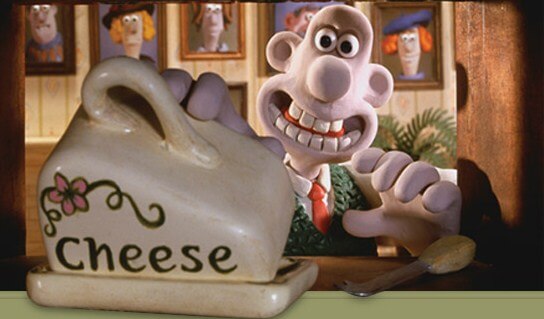Stinky Cheese
We all know someone who claims “the stinkier the cheese, the better!”. And this can be absolutely true!… to many, stinky cheeses have wonderful ‘robust’ appeal.
And being the case, it can be surprising that all cheeses start out in basically the same way. Using rennet, milk is separated in to curds (the solid) and whey (the liquid). A starter culture of very specific (good) bacteria is added dependent on the destined outcome. This largely determines the ultimate taste and aroma of the finished cheese. Aging can also contribute to the level of “stinkyness”. Generally speaking, the longer the aging, the stronger the smell.
Even more specific and to the point is a process that involves washing the rind of the cheese at regular intervals during the aging. This produces the infamous “washed-rind” cheeses known for their ‘out-there’ aroma.
Different liquids are used for this procedure inclusive of salt water, brandy, port, fermented pear juice, etc. The point of the technique is that the moist rind perpetuates the further development of the bacterial culture, and with it, a unique aroma develops elevating these to the “super-stinky” category. Up with the best and ultimate stinkiest are: Munster, Stinking Bishop, Limburger, and the classic Epoisses de Bourgogne (which seriously has been banned from the public transit system in Paris for this very reason).
So, in celebration of the stinkers, we hail “to each their own!” And as Wallace and Gromit (back by popular demand) demonstrate… there is no right or wrong… but indeed a difference in appreciation

